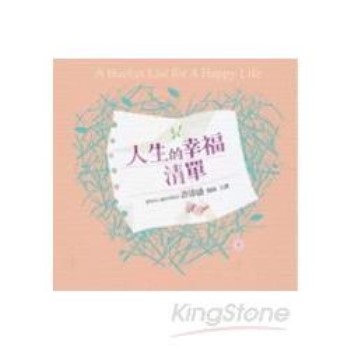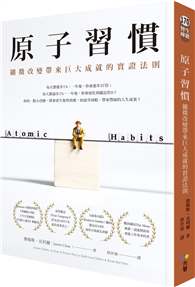Implementing Cybersecurity provides the complete strategic understanding requisite to allow a person to create and use the RMF process recommendations for risk management. This will be the case both for applications of the RMF in corporate training situations, as well as for any individual who wants to obtain specialized knowledge in organizational risk management. It is an all-purpose roadmap of sorts aimed at the practical understanding and implementation of the risk management process as a standard entity. It will enable an "application" of the risk management process as well as the fundamental elements of control formulation within an applied context.
The Cybersecurity Body of Knowledge explains the content, purpose, and use of eight knowledge areas that define the boundaries of the discipline of cybersecurity. The discussion focuses on, and is driven by, the essential concepts of each knowledge area that collectively capture the cybersecurity body of knowledge to provide a complete picture of the field.
How to Build a Cyber-Resilient Organization presents a standard methodology approach to cyber-resilience. Readers will learn how to design a cyber-resilient architecture for a given organization as well as how to maintain a state of cyber-resilience in its day-to-day operation. Readers will know how to establish a state of systematic cyber-resilience within this structure and how to evolve the protection to correctly address the threat environment. This revolves around the steps to perform strategic cyber-resilience planning, implementation and evolution. Readers will know how to perform the necessary activities to identify, prioritize and deploy targeted controls and maintain a persistent and reliable reporting system.
Supply Chain Risk Management presents the concepts of ICT supply chain risk management from the perspective of NIST IR 800-161. It covers how to create a verifiable audit-based control structure to ensure comprehensive security for acquired products. It explains how to establish systematic control over the supply chain and how to build auditable trust into the products and services acquired by the organization. It details a capability maturity development process that will install an increasingly competent process and an attendant set of activities and tasks within the technology acquisition process. It defines a complete and correct set of processes, activities, tasks and monitoring and reporting systems.
| FindBook |
有 1 項符合
Implementing Cybersecurity, The Cybersecurity Body of Knowledge, How to Build a Cyber-Resilient Organization, and Supply Chain Risk Management Set的圖書 |
 |
Implementing Cybersecurity, The Cybersecurity Body of Knowledge, How to Build a Cyber-Resilient Organization, and Supply Chain Risk Management Set 作者:Anne Kohnke 出版社:CRC Press 出版日期:2024-10-14 語言:英文 規格:平裝 / 1572頁 / 普通級/ 初版 |
| 圖書館借閱 |
| 國家圖書館 | 全國圖書書目資訊網 | 國立公共資訊圖書館 | 電子書服務平台 | MetaCat 跨館整合查詢 |
| 臺北市立圖書館 | 新北市立圖書館 | 基隆市公共圖書館 | 桃園市立圖書館 | 新竹縣公共圖書館 |
| 苗栗縣立圖書館 | 臺中市立圖書館 | 彰化縣公共圖書館 | 南投縣文化局 | 雲林縣公共圖書館 |
| 嘉義縣圖書館 | 臺南市立圖書館 | 高雄市立圖書館 | 屏東縣公共圖書館 | 宜蘭縣公共圖書館 |
| 花蓮縣文化局 | 臺東縣文化處 |
|
|
內容簡介
作者介紹
Dan Shoemaker, PhD, is full professor, senior research scientist, and program director at the University of Detroit Mercy’s Center for Cyber Security and Intelligence Studies. Dan is a former chair of the Cybersecurity & Information Systems Department and has authored numerous books and journal articles focused on cybersecurity.
Anne Kohnke, PhD, is an associate professor of cybersecurity and the principle investigator of the Center for Academic Excellence in Cyber Defence at the University of Detroit Mercy. Anne’s research is focused in cybersecurity, risk management, threat modeling, and mitigating attack vectors.
Ken Sigler, MS, is a faculty member of the Computer Information Systems (CIS) program at the Auburn Hills campus of Oakland Community College in Michigan. Ken’s research is in the areas of software management, software assurance, and cybersecurity.
|






![塔木德:猶太人的致富聖經[修訂版]:1000多年來帶領猶太人快速累積財富的神祕經典 塔木德:猶太人的致富聖經[修訂版]:1000多年來帶領猶太人快速累積財富的神祕經典](https://media.taaze.tw/showLargeImage.html?sc=11100697818)



